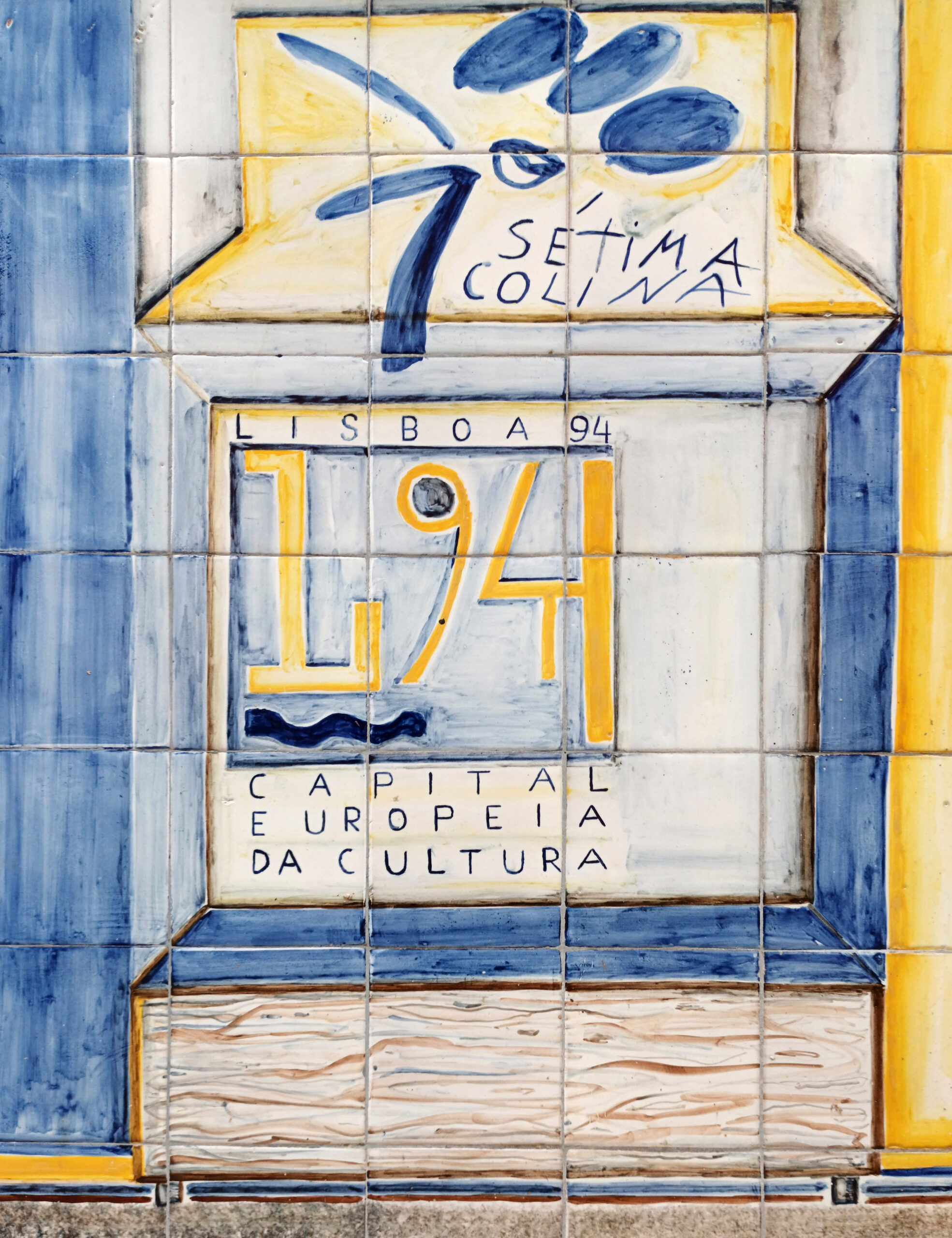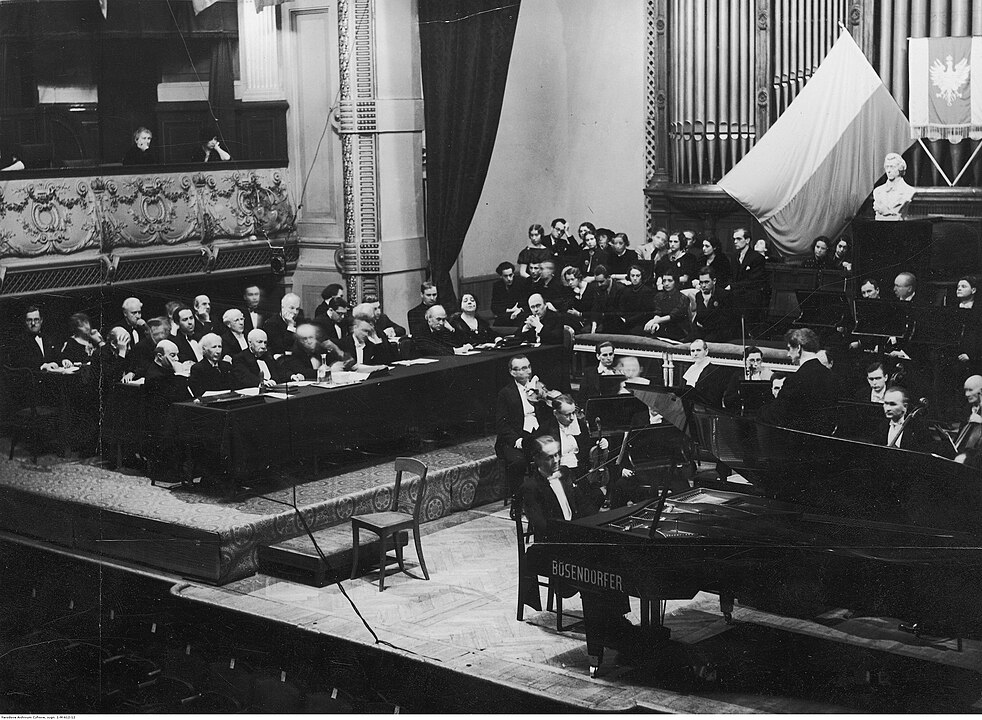By Ellen Loots, Diana Betzler, Trine Bille, Karol Jan Borowiecki, and Boram Lee

The special issue New Forms of Finance and Funding in the Cultural and Creative Industries of the Journal of Cultural Economics explores the recurring question of how to innovatively raise financial resources for the cultural and creative industries.
Financing and funding in the inefficient markets of the CCI (characterized by suboptimal resource allocation, uncertain demand behavior, and market failure) have traditionally relied on a combination of various public and private resources. Privatization tendencies in many sectors of the economy have been intensifying. At present, there is a tripartite division between public, private, and hybrid or mixed funding, among which the boundaries are starting to blur. Shifts from direct public funding to the indirect support or support of entrepreneurship by governments, accompanied by the rise of new sources of private funding, are leading to a new funding landscape, also in CCI. Several shifts are worth noting.
Firstly, in terms of public funding, there is an observable shift from direct support, as in the form of lump sum subsidies, to indirect support. Another shift in terms of public funding has moved towards the promotion of self-employment and entrepreneurship. Founder loans, trade fairs, innovation and export promotion, and the provision of business advice are increasingly used by different levels of government. Incubation and start-up funding programs, initiated by national or regional economic development agencies, are aimed at supporting commercial entities operating in the CCI. Secondly, in terms of private funding, low interest rates have steered investors towards innovative ventures in several sectors. Investments are facilitated by venture capital funds, incubators, and crowdfunding providers. Thirdly, the distinction between public and private support is attenuating, and several contemporary funding instruments combine aspects of a grant, a debt, and equity financing. Examples of this include government venture capital funds operating by means of hybrid private-public funds, and social venture capital funds that provide seed-funding to social entrepreneurs with the dual aim of generating financial returns and social payoffs.
Not only is systematic knowledge of new forms of financing in the CCI limited, but the academic literature on many developments in entrepreneurial finance is in its infancy. The five articles and the introduction in the Special Issue open up this important topic of research in the CCI from a cultural economics perspective. Among other things, novel technologies, including reward-based crowdfunding and peer-to-peer lending on platforms, and virtual currencies processed through blockchain technology, can be expected to increase the efficiency of entrepreneurial finance by reducing transaction costs and information asymmetries, also in the CCI.
Overview of the articles
Sapsed et al., 2022: Starving the Golden Goose? Access to finance of innovators in the creative industries. The article explores the extent to which CCI firms that engage in innovative activities are able to access finance when they seek it. The authors conclude that prior innovative activities in CCI do not serve as strong signals to providers of external capital, and where there is a signal, it appears negative. Companies engaged in complex innovations appear more likely to rely on personal and informal capital to meet their needs. The paper strongly emphasizes the need for new and innovative financial instruments to help CCI businesses innovate and grow.
Handke & Dalla Chiesa, 2022: The art of crowdfunding arts and innovation. The cultural economic perspective. This theoretical article focuses on the pioneering features of online crowdfunding platforms and financing campaigns supportive of innovative cultural projects. Crowdfunding is deliberated as a case in point that offers more efficient solutions than other means of financing creativity, by reducing allocative inefficiencies and/or promoting cultural diversity.
Elkins & Fry, 2021: Beyond the realm of cash: street performers and payments in the online world. The focus of the article is on developments in modern technologies that increase fans’ financial engagement with street performers. If cash is the only form of payment, numerous consumers disappear, because their willingness (or ability) to pay any price in cash is inexistent. The emergence of online donation platforms allows fans to donate digitally, as well as potentially build a relationship with the artist by providing contact details. Furthermore, street performance is positioned as a commercial performance opportunity for emerging and established artists to test the market.
Knott et al., 2022: Uncovering potential barriers of using Initial Coin Offerings to finance artistic projects. The article studies Initial Coin Offering (ICO) as a novel form of reward-based tokenized crowdfunding, and it addresses the question of the barriers to the adoption of ICO as a novel form of funding projects from the viewpoint of creators. The conclusion is that risks shift rather than diminish. The lack of regulation on the blockchain causes coin volatility, price fluctuations, risks, and potential losses for investors. While some transaction costs may decrease, they are not outweighed by new forms of transaction costs (administration and preparation) and uncertainty.
Van Haaften-Schick & Whitaker, 2022: From the Artist´s Contract to the Blockchain Ledger: New Forms of Artists’ Funding using Equity and Resale Royalties. The article deals with the question of whether blockchain technology can create new funding models reliant on the principles of the artist’s contract. It is suggested that Blockchain-based NFT technology could change basic conditions of the art market (increase the importance of the artists’ contract), by facilitating sales tracking, transparent registration of works in progress, and of artists’ achievements and careers. Digital payment systems and procedures facilitate the payment of royalties and other forms of income, and in this way, contractual relationships between buyers and sellers change, as the trustworthiness of knowledge in registered data replaces trust in gatekeeper institutions. Blockchain-based NFT technology may reduce information asymmetries and lower transaction costs.
Future trends
Taken together, the articles in the Special Issue suggest the emergence of a new funding paradigm, which steps away from a clear demarcation between public and private in terms of interests and financing modes. This new paradigm embraces collaborative funding mechanisms such as crowdfunding, incubator and accelerator finance, and other pooled investments, as well as digital fundraising technologies that facilitate new modes of asset finance and tokenized funding.
Although the papers in the Special Issue address several themes, there are many future perspectives and questions to explore, including budgeting, new business models, shifting transactions costs, and new regulation and legislation. To mention a few:
- What remains to be seen, is whether these digital fundraising modes have the potential to result in meaningful and repeated financial contributions to the earnings of individuals or the budgets of firms and institutions. Will they lead to business model innovation in the CCI, and significant additional earnings?
- There are many unsolved legal issues related to questions of customer identification and verification, monitoring and compliance obligations, data security, transaction or investment rights.
- Existing intermediaries may become obsolete in providing selected access to cultural content, in line with streaming platforms that have started to function as new gatekeepers, highly reliant on proprietary algorithms. New intermediaries may step forward to accommodate financial transactions through digital technologies.
- It is important that future investigations address sub-sector heterogeneity within the CCI. The CCI vary widely when it comes to their innovative potential as well as their access to different kinds of funding. These differences need to be explored further in order to develop new instruments that target the disparate needs and conditions of the creative industries’ sub-sectors.
Even though the collection of articles in the Special Issue is not able to cover all perspectives of new forms of finance and funding in the CCIS, the variety of case studies covered in terms of context as well as geographic coverage, will hopefully inspire scholars as well as practitioners to explore new business models and strategies in order to secure a financially sustainable and inclusive cultural offering.
This article is based on
Loots, E., Betzler, D., Bille, T. et al. New forms of finance and funding in the cultural and creative industries. J Cult Econ 46, 205–230 (2022). https://doi.org/10.1007/s10824-022-09450-x
About the authors:
Ellen Loots is Assistant Professor in cultural economics and entrepreneurship at Erasmus University, Rotterdam.
Diana Betzler is Associated Researcher at Fribourg University in Switzerland.
Trine Bille is Professor, PhD, at Copenhagen Business School, Department of Management, Politics and Philosophy.
Karol Jan Borowiecki is Professor of Economics at the University of Southern Denmark.
Boram Lee is Lecturer in Accounting and Finance at the University of Stirling in the UK.
About the image:
Man Playing Accordion (2019) by Jarvik Joshi on Unsplash






